How to Read CBD Oil Lab Reports and Certificates of Analysis
Certificates of Analysis (COAs) are essential documents that verify CBD oil quality and safety, serving as your roadmap to understanding exactly what's in the products you're considering. However, many consumers don't know how to read these technical reports, often finding themselves overwhelmed by scientific terminology and complex data tables. Understanding COAs empowers you to make informed purchasing decisions and avoid potentially harmful products that could compromise your health and wellness goals.
In today's rapidly expanding cannabis market, the importance of proper laboratory testing cannot be overstated. Whether you're examining CBD lab results or traditional CBD potency reports, these documents provide crucial insights into product quality, purity, and safety. From CBD testing analysis to comprehensive contaminate screening, lab reports reveal everything from precise cannabinoid concentrations to the presence of potentially dangerous substances like pesticides, heavy metals, and harmful microorganisms.
The ability to properly interpret a CBD COA report or any cannabis laboratory analysis is more than just a useful skill—it's essential consumer protection. With regulatory standards varying significantly across different states and countries, third-party laboratory verification often represents the only reliable way to confirm that products meet safety standards and contain the cannabinoid profiles advertised on their labels.
This comprehensive guide will walk you through every aspect of reading and understanding CBD oil lab reports, from basic cannabinoid profiles to advanced contaminate testing. You'll learn to identify red flags, understand acceptable levels for various compounds, and distinguish between high-quality products and those that might pose health risks. By the end of this article, you'll have the knowledge and confidence to make informed decisions about any cannabis product based on its laboratory documentation.
What Certificates of Analysis Test For: Understanding the Complete Picture
Potency Testing: The Foundation of Quality Assessment
CBD potency testing represents one of the most critical aspects of any comprehensive laboratory analysis. Potency testing determines the exact concentration of cannabinoids present in a product, ensuring that what's listed on the label matches what's actually in the bottle or package. This testing typically measures not only CBD and THC levels but also minor cannabinoids like CBG, CBN, CBC, and importantly, THCa in its raw, unheated form.
Understanding potency results requires familiarity with how cannabinoids are measured and reported. Most laboratories report results in both milligrams per gram (mg/g) and as percentages of total weight. For CBD oils, you'll typically see CBD concentrations ranging from 300mg to 3000mg per bottle, depending on the product's intended strength and volume. CBD purity analysis often reveals concentrations that can vary significantly based on extraction methods, source material quality, and processing techniques.
The accuracy of potency testing depends heavily on proper sampling procedures and analytical methods. Reputable laboratories use high-performance liquid chromatography (HPLC) or gas chromatography-mass spectrometry (GC-MS) to ensure precise measurements. These sophisticated analytical techniques can detect cannabinoid concentrations down to parts per million, providing the accuracy necessary for both regulatory compliance and consumer safety.
Contaminant Screening: Protecting Consumer Health
Beyond cannabinoid potency, comprehensive CBD lab certification includes extensive contaminate screening designed to identify potentially harmful substances. This testing encompasses four primary categories: pesticides, heavy metals, residual solvents, and microbial contaminants. Each category presents unique health risks and requires specific analytical approaches to ensure accurate detection and quantification.
Pesticide testing is particularly crucial given that cannabis plants are highly effective at absorbing chemicals from their growing environment. The testing typically screens for over 100 different pesticides, including organophosphates, carbamates, and organochlorines. Acceptable levels are usually measured in parts per billion (ppb), with most regulatory frameworks establishing maximum residue limits based on the pesticide's toxicity profile.
Heavy metal contamination represents another significant concern, as cannabis plants readily absorb metals like lead, cadmium, mercury, and arsenic from contaminated soil or water sources. Quality CBD testing protocols include inductively coupled plasma mass spectrometry (ICP-MS) analysis to detect these metals at extremely low concentrations, typically measured in parts per million (ppm).
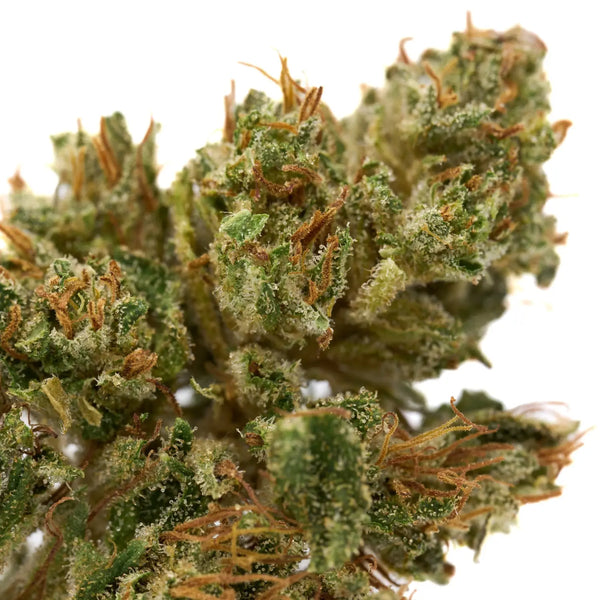
Breaking Down Cannabinoid Profiles: Understanding What the Numbers Mean
Primary Cannabinoids: CBD, THC, and THCa
The cannabinoid profile section of any COA provides a detailed breakdown of all detectable cannabinoids present in the sample. For CBD oils, the most important figures are typically CBD and total THC content, though CBD verification is becoming increasingly important as consumers seek products with specific therapeutic profiles.
CBD concentrations are usually the highest values on any hemp-derived product's COA, often ranging from 60-90% of total cannabinoids in isolate products or 15-25% in full-spectrum oils. These percentages translate directly to milligram amounts when calculated against the product's total volume or weight. Understanding these calculations helps consumers determine whether they're receiving the potency they're paying for.
THCa, the acidic precursor to THC, appears on COAs as a separate line item from Delta-9 THC. This distinction is crucial because THCa doesn't produce psychoactive effects until it's heated (decarboxylated), making it legal in many jurisdictions where THC remains prohibited. CBD analytical testing reveals these concentrations separately, allowing consumers to understand both the current cannabinoid profile and the potential THC content after heating.
Minor Cannabinoids: The Supporting Cast
Beyond the primary cannabinoids, COAs typically list minor cannabinoids that contribute to what researchers call the "entourage effect." These compounds, including CBG (cannabigerol), CBN (cannabinol), CBC (cannabichromene), and various other cannabinoid acids, often appear in smaller concentrations but may provide significant therapeutic benefits.
CBG, often called the "mother cannabinoid," typically appears in concentrations of 0.5-2% in full-spectrum products. CBN, which forms as THC degrades over time, usually indicates product age or storage conditions when present in significant amounts. CBC concentrations vary widely depending on the source material and extraction methods used.
Understanding these minor cannabinoid profiles helps consumers select products that align with their specific needs and preferences. Some consumers specifically seek products with higher CBG content for its potential antibacterial properties, while others prefer products with minimal CBN to ensure freshness.
Acceptable Levels and Red Flags: Knowing What to Look For
Cannabinoid Potency Red Flags
When examining CBD lab standards, several red flags should immediately raise concerns about product quality or authenticity. The most obvious red flag is a significant discrepancy between labeled potency and actual test results. Reputable manufacturers typically maintain accuracy within 10-15% of labeled values, with variations primarily attributable to natural fluctuations in plant material.
Products showing cannabinoid levels significantly lower than advertised may indicate poor extraction techniques, degraded source material, or intentional mislabeling. Conversely, products with unexpectedly high potency might suggest contamination with synthetic cannabinoids or concentration errors in manufacturing.
Another critical red flag involves the ratio between different cannabinoids. Hemp-derived products should show CBD as the dominant cannabinoid, with THC concentrations remaining below 0.3% on a dry weight basis. Products exceeding this threshold violate federal regulations in the United States and may result in legal complications for both sellers and consumers.
Contaminate Level Thresholds
Understanding acceptable contaminate levels requires familiarity with both federal guidelines and state-specific regulations. For pesticides, most jurisdictions adopt limits based on EPA guidelines, typically ranging from 0.1 to 10 ppm depending on the specific compound's toxicity profile. Any detectable level of prohibited pesticides should be considered unacceptable, regardless of concentration.
Heavy metal limits are typically more standardized, with lead limits usually set at 0.5 ppm, cadmium at 0.2 ppm, mercury at 0.1 ppm, and arsenic at 0.2 ppm. These limits reflect the cumulative health risks associated with regular consumption of these toxic elements.
Microbial contamination limits focus on pathogenic organisms that could cause immediate health problems. Total yeast and mold counts should typically remain below 10,000 colony-forming units per gram (CFU/g), while pathogenic bacteria like E. coli and Salmonella should be completely absent.
Pesticide and Heavy Metal Testing: Critical Safety Assessments
Understanding Pesticide Analysis
Pesticide testing in cannabis products involves sophisticated analytical methods capable of detecting trace amounts of agricultural chemicals that may have been applied during cultivation. The testing typically employs liquid chromatography-tandem mass spectrometry (LC-MS/MS) or gas chromatography-mass spectrometry (GC-MS) to identify and quantify specific pesticide residues.
The comprehensive pesticide panels used in quality CBD testing protocols typically screen for over 100 different compounds, including insecticides, herbicides, fungicides, and plant growth regulators. Each pesticide has a specific maximum residue limit based on its toxicity profile, method of application, and intended crop use.
Organophosphate pesticides, which affect the nervous system, typically have the lowest acceptable limits due to their high toxicity. Carbamate pesticides, with similar mechanisms of action, also carry strict limits. Organochlorine pesticides, many of which are now banned due to environmental persistence, should be completely absent from any cannabis product.
The presence of certain pesticides can indicate specific cultivation practices or contamination sources. For example, detecting pesticides not approved for cannabis cultivation suggests improper agricultural practices, while finding banned substances might indicate contaminated growing media or water sources.
Heavy Metal Contamination Sources and Risks
Heavy metal contamination in cannabis products can originate from multiple sources throughout the cultivation and processing chain. Contaminated soil represents the most common source, particularly in areas with previous industrial activity or near busy roadways where lead deposition from historical gasoline use remains problematic.
Cannabis plants are hyperaccumulators, meaning they readily absorb metals from their growing environment and concentrate them in plant tissues. This characteristic makes cannabis particularly susceptible to heavy metal contamination when grown in contaminated soil or irrigated with contaminated water sources.
Processing equipment can also introduce heavy metal contamination, particularly when extraction equipment contains lead-soldered joints or when grinding equipment introduces metal particles. Improper storage in containers with lead-based paints or coatings represents another potential contamination source.
The health implications of heavy metal exposure depend on the specific metal, concentration, and duration of exposure. Lead exposure can cause neurological damage, particularly in developing brains. Cadmium accumulates in kidneys and can cause renal damage over time. Mercury affects the nervous system and can cause developmental problems. Arsenic is a known carcinogen with cumulative health effects.
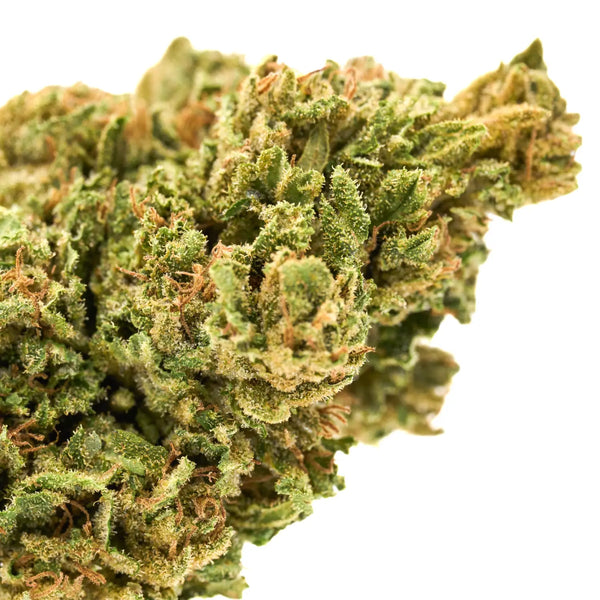
Residual Solvent Analysis: Ensuring Processing Safety
Common Solvents and Their Risks
Residual solvent testing identifies and quantifies any extraction solvents that may remain in finished cannabis products after processing. Different extraction methods employ various solvents, each carrying specific health risks and requiring particular analytical approaches for accurate detection.
Butane and propane, commonly used in hydrocarbon extraction, can cause respiratory irritation and nervous system effects at high concentrations. Ethanol, while generally recognized as safe for consumption, can affect product taste and stability when present in significant residual amounts. Isopropyl alcohol, sometimes used in extraction processes, is toxic and should be absent from finished products.
More concerning are residual amounts of methanol, acetone, and benzene, which can cause serious health problems even at low concentrations. Methanol can cause blindness and death, acetone can irritate respiratory systems, and benzene is a known carcinogen with no safe exposure level.
Carbon dioxide extraction, while generally considered the safest method, can still leave trace amounts of co-solvents used in the process. Supercritical CO2 extraction typically results in the cleanest final products with minimal residual solvent concerns.
Acceptable Solvent Limits
Regulatory frameworks typically establish residual solvent limits based on International Council for Harmonisation (ICH) guidelines, which classify solvents into different categories based on their toxicity profiles. Class 1 solvents, including benzene and carbon tetrachloride, should be avoided entirely due to their carcinogenic properties.
Class 2 solvents, including methanol, acetone, and isopropyl alcohol, have specific concentration limits typically ranging from 50 to 5,000 ppm depending on the solvent. Class 3 solvents, including ethanol and butane, are considered less toxic but still require monitoring to ensure they remain within acceptable limits.
The most stringent limits apply to benzene, with most jurisdictions setting limits at 1-2 ppm or requiring complete absence. Methanol limits typically range from 250-3,000 ppm, while acetone limits usually fall between 500-5,000 ppm.
Microbial Testing: Protecting Against Biological Contaminants
Understanding Microbial Threats
Microbial contamination represents one of the most immediate health risks associated with cannabis products, particularly for immunocompromised consumers who may be more susceptible to opportunistic infections. Comprehensive microbial testing screens for pathogenic bacteria, yeast, mold, and other microorganisms that could cause illness.
Total aerobic microbial count (TAMC) provides a general indicator of overall microbial contamination, while total yeast and mold count (TYMC) specifically identifies fungal contamination that could produce harmful mycotoxins. Specific pathogen testing targets dangerous organisms like E. coli, Salmonella, and Aspergillus species.
Aspergillus testing is particularly important because these common molds can produce aflatoxins, which are among the most potent naturally occurring carcinogens. Aspergillus niger, Aspergillus fumigatus, and Aspergillus terreus are commonly tested species, with A. fumigatus being especially concerning for respiratory health.
E. coli and Salmonella testing focuses on fecal contamination indicators and food-borne pathogens that could cause serious gastrointestinal illness. These organisms should be completely absent from any cannabis product intended for consumption.
Interpreting Microbial Results
Microbial test results are typically reported as colony-forming units per gram (CFU/g), which indicates the number of viable microorganisms present in the sample. Different types of microorganisms have different acceptable limits based on their health risks and the product's intended use.
Total aerobic microbial counts should typically remain below 100,000 CFU/g for cannabis products, while total yeast and mold counts should stay below 10,000 CFU/g. These limits may vary depending on product type and intended consumption method, with inhalable products requiring stricter limits than edible products.
Pathogenic organisms like E. coli and Salmonella should be completely absent from any cannabis product, reported as "Not Detected" or "ND" on laboratory reports. Any detection of these organisms indicates serious contamination that makes the product unsuitable for consumption.
Bile-tolerant gram-negative bacteria, which include many pathogenic species, should also be absent or present in very low numbers, typically below 1,000 CFU/g. These organisms can indicate fecal contamination or poor sanitation practices during cultivation or processing.
Batch Numbers and Dating: Ensuring Traceability and Freshness
Understanding Batch Documentation
Proper batch documentation ensures product traceability from cultivation through final testing, allowing consumers to verify that their specific product has been properly tested and meets safety standards. THCa lab certification should always include clear batch identification that matches the product packaging.
Batch numbers typically include information about harvest dates, processing dates, and sometimes facility identification codes. This information allows manufacturers to track products through their entire production chain and quickly identify any quality issues that might affect specific production runs.
The correlation between batch numbers on COAs and product packaging ensures that consumers receive products that have actually been tested, rather than products that might only be represented by testing of similar items. This direct correlation is essential for regulatory compliance and consumer protection.
Some sophisticated tracking systems include additional information encoded in batch numbers, such as cultivation methods, extraction techniques, or quality grades. Understanding these coding systems can provide additional insights into product quality and manufacturing practices.
Dating and Shelf Life Considerations
COA dating information typically includes sample collection dates, testing completion dates, and sometimes product expiration or best-by dates. Understanding these dates helps consumers assess product freshness and remaining shelf life.
Sample collection dates should be relatively recent, typically within 30-60 days of product packaging for optimal accuracy. Testing completion dates indicate when the laboratory analysis was finished, which should be close to the sample collection date for reliable results.
Cannabis products typically maintain potency for 12-24 months when properly stored, though degradation begins immediately after processing. THCa can convert to THC over time, especially when exposed to heat or light, making storage conditions and age important factors in product selection.
Products with very old testing dates may not accurately represent current product composition, particularly for volatile compounds like terpenes or unstable cannabinoids. Fresh testing provides the most reliable indication of current product quality and composition.
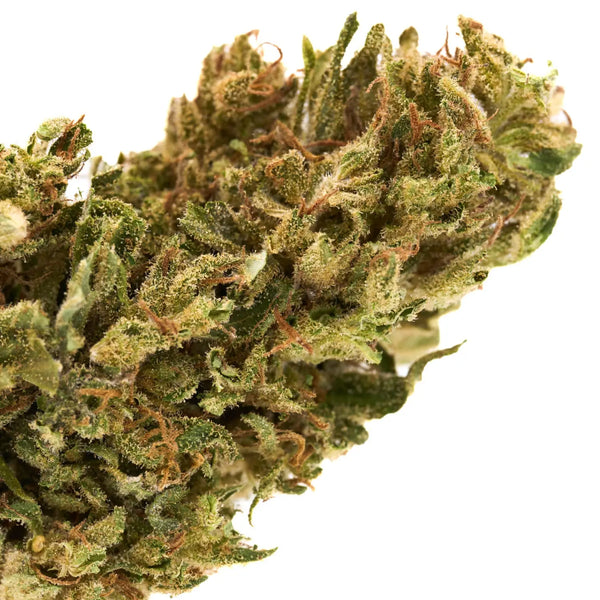
Third-Party vs In-House Testing: Understanding Credibility and Independence
The Importance of Independent Verification
Third-party laboratory testing provides independent verification of product quality and safety, eliminating potential conflicts of interest that might arise when manufacturers test their own products. Independent laboratories have no financial incentive to alter results, making their findings more credible and trustworthy.
CBD verification through independent laboratories also ensures that testing methods meet industry standards and regulatory requirements. Accredited third-party laboratories typically maintain ISO/IEC 17025 certification, which requires rigorous quality management systems and regular proficiency testing.
Independent testing also provides legal protection for both manufacturers and consumers. In case of product liability issues, third-party documentation serves as objective evidence of due diligence in quality assurance and safety testing.
The credibility of third-party testing depends heavily on the laboratory's accreditation status, experience with cannabis testing, and reputation within the industry. Established laboratories with strong track records provide more reliable results than newly formed or unaccredited facilities.
Evaluating Laboratory Credentials
When evaluating CBD analytical testing results, consumers should verify the testing laboratory's credentials and accreditation status. ISO/IEC 17025 accreditation represents the gold standard for analytical laboratories, ensuring competency in specific testing methods and maintaining quality management systems.
State licensing and registration requirements vary significantly, but reputable laboratories typically maintain all required permits and registrations for cannabis testing in their jurisdiction. Some states require specific cannabis testing licenses beyond general analytical laboratory permits.
Laboratory participation in proficiency testing programs demonstrates ongoing competency in analytical methods. These programs involve testing standardized samples with known concentrations to verify that laboratories can accurately identify and quantify target compounds.
The laboratory's experience with cannabis testing specifically matters because cannabis analysis presents unique challenges not found in other agricultural products. Laboratories with extensive cannabis testing experience typically provide more accurate and reliable results.
Examples of Good vs Poor COAs: Learning to Distinguish Quality
Characteristics of High-Quality COAs
High-quality COAs demonstrate several key characteristics that indicate reliable testing and transparent reporting. Complete testing panels that include all relevant safety and potency parameters show that manufacturers prioritize comprehensive quality assurance.
Clear, professional formatting makes information easily accessible and understandable. Well-designed COAs include clear headers, logical organization, and appropriate units of measurement that facilitate interpretation by both professionals and consumers.
Detailed methodology information, including testing methods, detection limits, and uncertainty measurements, demonstrates scientific rigor and transparency. This information allows qualified individuals to assess the reliability and accuracy of testing results.
Proper accreditation information, including laboratory certifications and analyst credentials, provides verification of testing competency. High-quality COAs clearly identify the testing laboratory and provide contact information for verification purposes.
Red Flags in Poor-Quality COAs
Poor-quality COAs often demonstrate several warning signs that should raise concerns about testing reliability and product quality. Incomplete testing panels that omit important safety parameters like pesticides or heavy metals suggest inadequate quality assurance.
Unprofessional formatting, poor organization, or unclear reporting units can indicate substandard laboratory practices or attempts to obscure unfavorable results. Legitimate testing laboratories maintain professional standards in all aspects of their reporting.
Missing or unclear batch identification makes it impossible to verify that testing results correspond to specific products. This lack of traceability represents a significant quality assurance failure.
Absence of proper laboratory identification, contact information, or accreditation details prevents verification of testing credentials and should be considered a major red flag.
Advanced Considerations: Terpenes, Stability, and Specialized Testing
Terpene Profiles and Their Significance
Terpene testing provides valuable information about product quality, freshness, and potential therapeutic effects. These aromatic compounds contribute to the distinctive flavors and aromas of cannabis products while potentially modulating cannabinoid effects through the entourage effect.
Common terpenes found in cannabis products include myrcene, limonene, pinene, linalool, and caryophyllene, each with distinct aromatic properties and potential therapeutic benefits. Terpene profiles can indicate product freshness, storage conditions, and processing methods used in manufacturing.
Terpene degradation occurs rapidly when products are exposed to heat, light, or air, making terpene content a useful indicator of handling and storage practices. Products with well-preserved terpene profiles generally indicate proper handling throughout the supply chain.
Stability Testing and Shelf Life Assessment
Advanced COAs may include stability testing data that predicts how products will maintain quality over time under various storage conditions. This testing involves monitoring cannabinoid potency, terpene content, and contaminate levels over extended periods.
Accelerated aging studies expose products to elevated temperatures and humidity to simulate long-term storage effects in shortened time periods. These studies help establish appropriate expiration dates and storage recommendations.
Photostability testing evaluates how light exposure affects product quality, which is particularly important for products packaged in clear containers or sold in well-lit retail environments.
Regulatory Compliance: Understanding Legal Requirements
Federal vs State Regulations
Cannabis testing requirements vary significantly between federal and state jurisdictions, creating a complex regulatory landscape that affects COA requirements and interpretation. Federal guidelines primarily focus on hemp-derived products with THC content below 0.3%, while state regulations may have additional requirements.
State-specific testing requirements often exceed federal minimums, particularly in mature cannabis markets with established regulatory frameworks. Some states require additional testing parameters like vitamin E acetate in vape products or specific pesticide panels based on local agricultural practices.
Understanding applicable regulations helps consumers interpret COA results within appropriate legal contexts and ensures that products comply with local requirements.
International Standards and Harmonization
International standardization efforts aim to harmonize cannabis testing requirements across different jurisdictions, facilitating international trade and ensuring consistent quality standards. Organizations like ASTM International and the International Organization for Standardization (ISO) develop consensus standards for cannabis testing.
These emerging standards address analytical methods, quality management systems, and reporting requirements to improve consistency and reliability across different laboratories and jurisdictions.
Consumer Education: Making Informed Decisions
Questions to Ask Retailers
When purchasing cannabis products, consumers should ask retailers specific questions about testing and quality assurance. Key questions include requests for current COAs, information about testing laboratories, and explanations of any concerning results.
Reputable retailers should readily provide COAs and be able to explain testing results in understandable terms. Reluctance to provide testing documentation or inability to explain results may indicate quality concerns.
Building Consumer Confidence
Understanding COAs empowers consumers to make informed purchasing decisions based on objective quality and safety data rather than marketing claims alone. This knowledge helps consumers identify high-quality products while avoiding potentially harmful or mislabeled items.
Regular review of COAs helps consumers develop familiarity with normal ranges and acceptable results, making it easier to identify outliers or concerning results in future purchases.
Conclusion
Understanding how to read and interpret CBD oil lab reports and Certificates of Analysis represents one of the most important skills any cannabis consumer can develop. These technical documents provide the only objective verification of product quality, safety, and potency in an industry where marketing claims often exceed regulatory oversight.
From basic CBD lab results interpretation to advanced contaminate analysis, the ability to properly evaluate laboratory testing empowers consumers to make informed decisions about their health and wellness. Whether you're examining CBD testing analysis for compliance purposes or reviewing comprehensive safety panels for peace of mind, these documents provide essential insights that no marketing material can replace.
The importance of always checking COAs before purchasing cannot be overstated. In an industry where product quality can vary dramatically between manufacturers and even between production batches from the same company, laboratory testing provides the only reliable method for verifying that products meet safety standards and contain the compounds advertised on their labels. This due diligence protects not only your immediate health and safety but also ensures that you receive the value you're paying for in terms of cannabinoid content and therapeutic potential.
As the cannabis industry continues to mature and regulatory frameworks become more sophisticated, the quality and comprehensiveness of laboratory testing will likely continue to improve. However, the fundamental importance of consumer education and COA literacy will remain constant. By developing these skills now, you're investing in your ability to navigate the cannabis marketplace safely and effectively for years to come.
Remember that high-quality CBD COA reports and comprehensive laboratory testing represent investments in consumer safety and product quality. Manufacturers who prioritize thorough testing and transparent reporting demonstrate their commitment to consumer welfare and product excellence. By supporting these companies through informed purchasing decisions, consumers can help drive industry standards toward greater safety, quality, and transparency.
Frequently Asked Questions
Q: How recent should COA testing dates be for reliable results? A: COA testing should typically be completed within 30-60 days of product packaging for optimal accuracy. CBD potency testing results remain most reliable when testing dates are recent, as cannabinoid profiles can change over time due to degradation and conversion processes.
Q: What should I do if I find concerning results on a COA? A: If you discover results that exceed acceptable limits for contaminants or show significant discrepancies from labeled potency, avoid using the product and contact the retailer or manufacturer for clarification. Concerning CBD purity analysis results should be taken seriously as they may indicate safety risks.
Q: Can products pass testing but still be unsafe? A: While comprehensive testing significantly reduces risks, no testing protocol can identify every potential hazard. However, products that pass complete safety panels including pesticides, heavy metals, solvents, and microbials are generally safe for consumption when used as directed.
Q: How do I verify that a COA is legitimate and not falsified? A: Legitimate COAs should include complete laboratory contact information, accreditation details, and batch numbers that match product packaging. You can contact the testing laboratory directly to verify results. Reputable CBD lab certification will always be verifiable through direct laboratory contact.
Q: What's the difference between "Not Detected" and "Below Detection Limit"? A: "Not Detected" (ND) means the target compound was not found at levels above the instrument's detection capabilities. "Below Detection Limit" indicates the same thing but explicitly states the detection threshold. Both generally indicate acceptable safety levels for contaminants.
Q: Should I be concerned about small amounts of THC in hemp products? A: Hemp products legally contain up to 0.3% THC on a dry weight basis. These small amounts are generally not psychoactive but may accumulate in drug tests with regular use. Quality CBD testing helps ensure THC levels remain within legal limits.
Q: How do terpene profiles relate to product quality? A: Terpene profiles indicate product freshness and handling quality. Well-preserved terpene profiles suggest proper storage and processing, while degraded or absent terpenes may indicate poor handling or aged products.
Q: What makes one testing laboratory better than another? A: The best laboratories maintain ISO/IEC 17025 accreditation, participate in proficiency testing programs, and have extensive experience with cannabis analysis. THCa verification is most reliable when performed by established, accredited laboratories with strong industry reputations.
Q: Can I trust COAs from manufacturer websites? A: COAs should be independently verifiable regardless of their source. Check that laboratory contact information is provided and that batch numbers match your specific product. Legitimate manufacturers provide access to current, verifiable testing results.
Q: How often should manufacturers test their products? A: Responsible manufacturers test every production batch for potency and safety parameters. Some may conduct additional testing for stability or quality assurance purposes. THCa analytical testing should be performed on each batch to ensure consistency and safety.
Q: What should I look for in pesticide testing results? A: Pesticide testing should screen for comprehensive panels of prohibited and restricted compounds. Results should show "Not Detected" for banned pesticides and levels below established limits for permitted compounds. Any detection of prohibited pesticides is concerning regardless of concentration.
Q: How do I interpret moisture content and water activity results? A: Moisture content affects product stability and shelf life, while water activity indicates the likelihood of microbial growth. Proper moisture levels help prevent mold and bacterial contamination while maintaining product quality over time.
Q: Are there different testing requirements for different product types? A: Yes, testing requirements often vary based on product type and intended use. Inhalable products typically require more stringent microbial testing, while edible products may have different solvent limits. THCa lab standards may vary based on product formulation and intended consumption method.

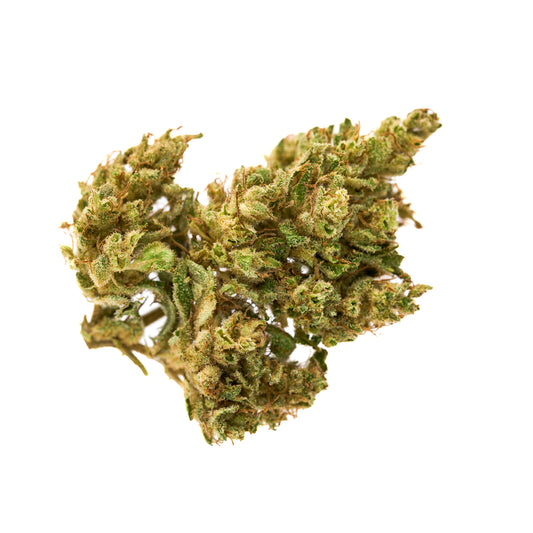
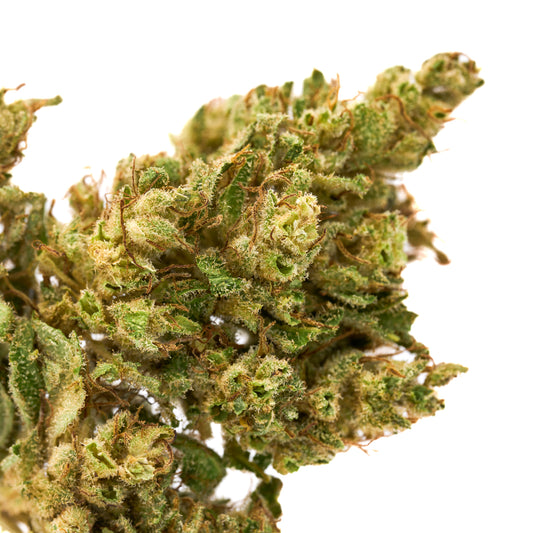
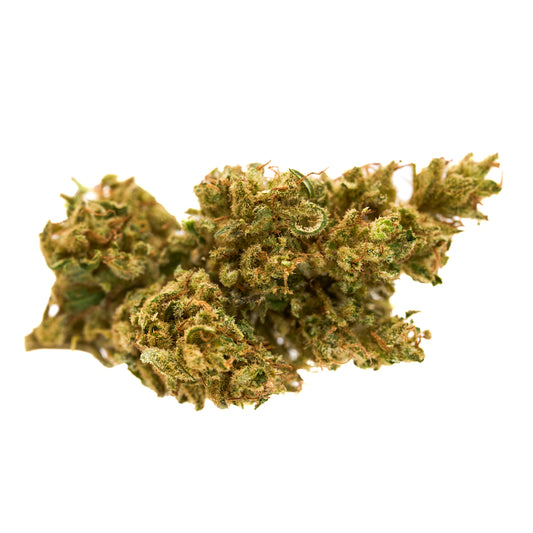
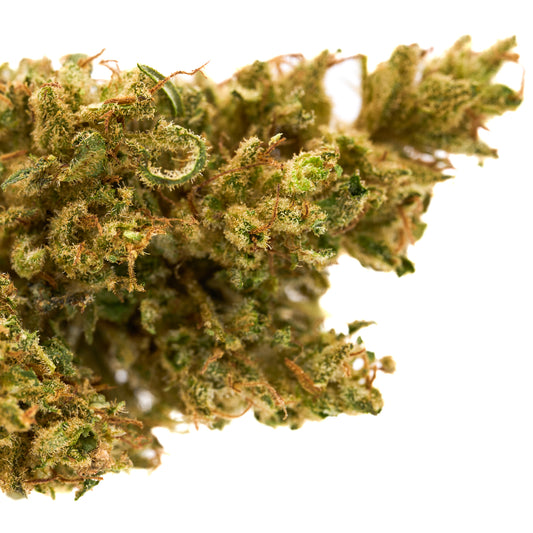
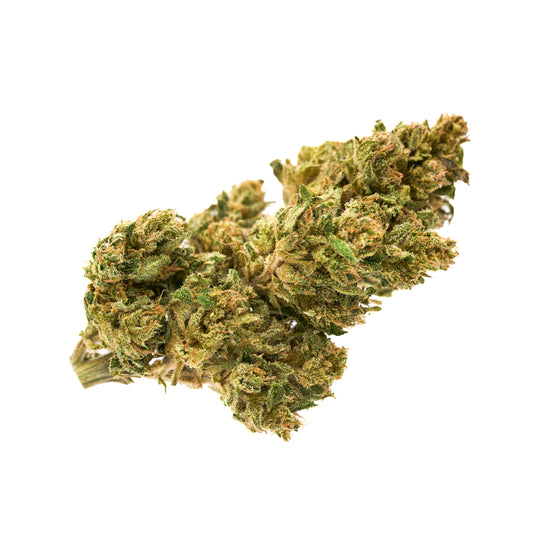
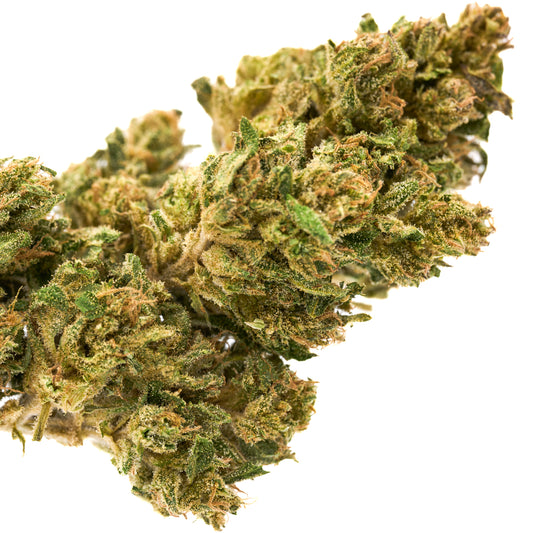



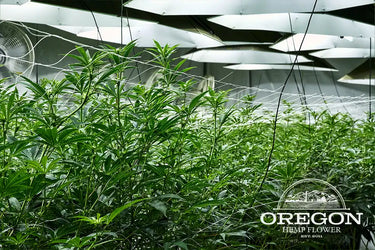

Leave a comment
Please note, comments need to be approved before they are published.